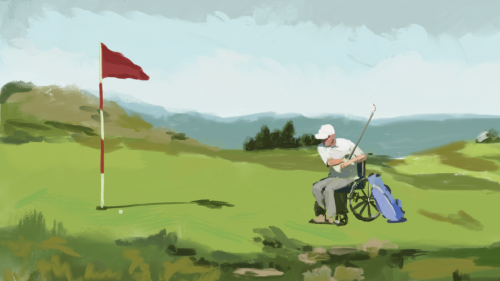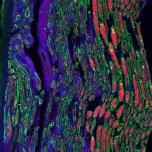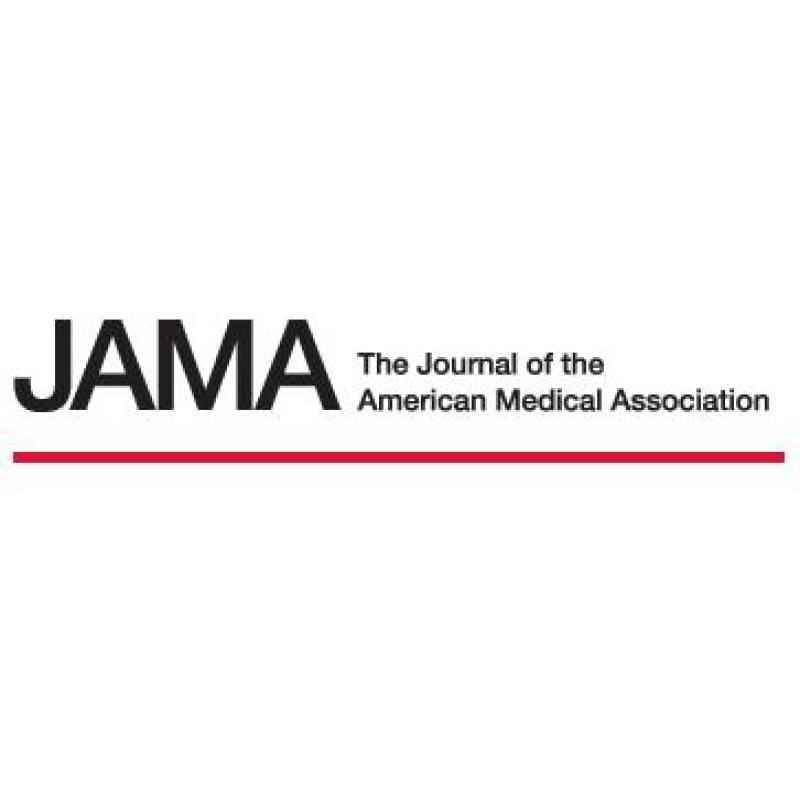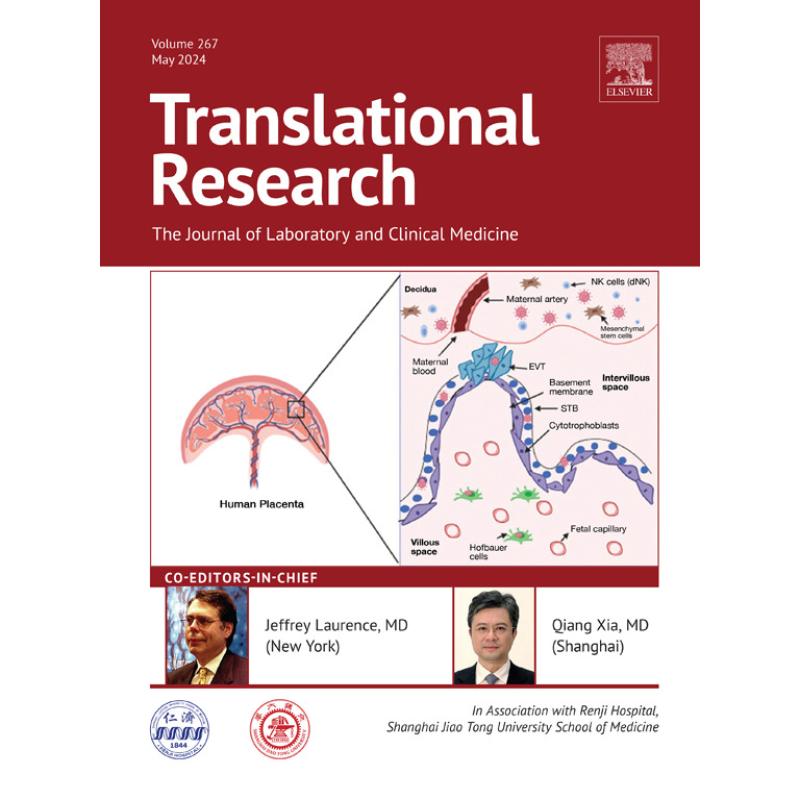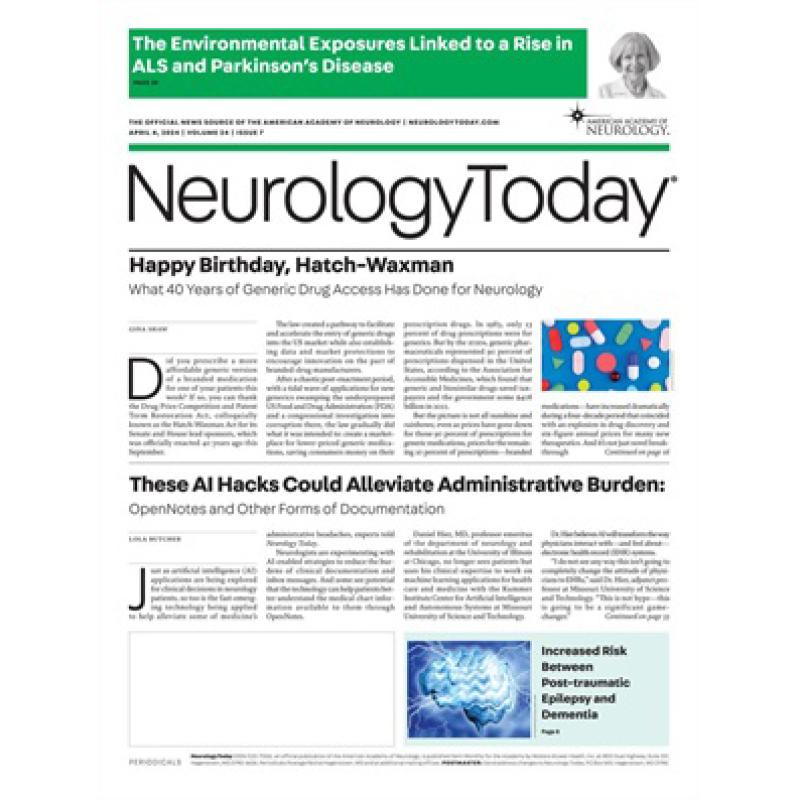
Our Latest Publications
Network
Multi-disciplinary team of researchers, scientists and physicians at the forefront of biomedical research.
Discovery
Advancing our knowledge and treatment of neurological diseases with an unwavering commitment to understand the present and discover what’s next.
Translational Research
Bench to bedside, bringing help, healing and cures to patients, always keeping in mind for whom and why we do this work.
Mentorship
Guiding and supporting the future of the field, through mentoring and inspiring the next generation of scientists and researchers.



